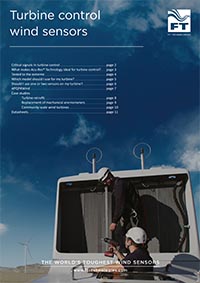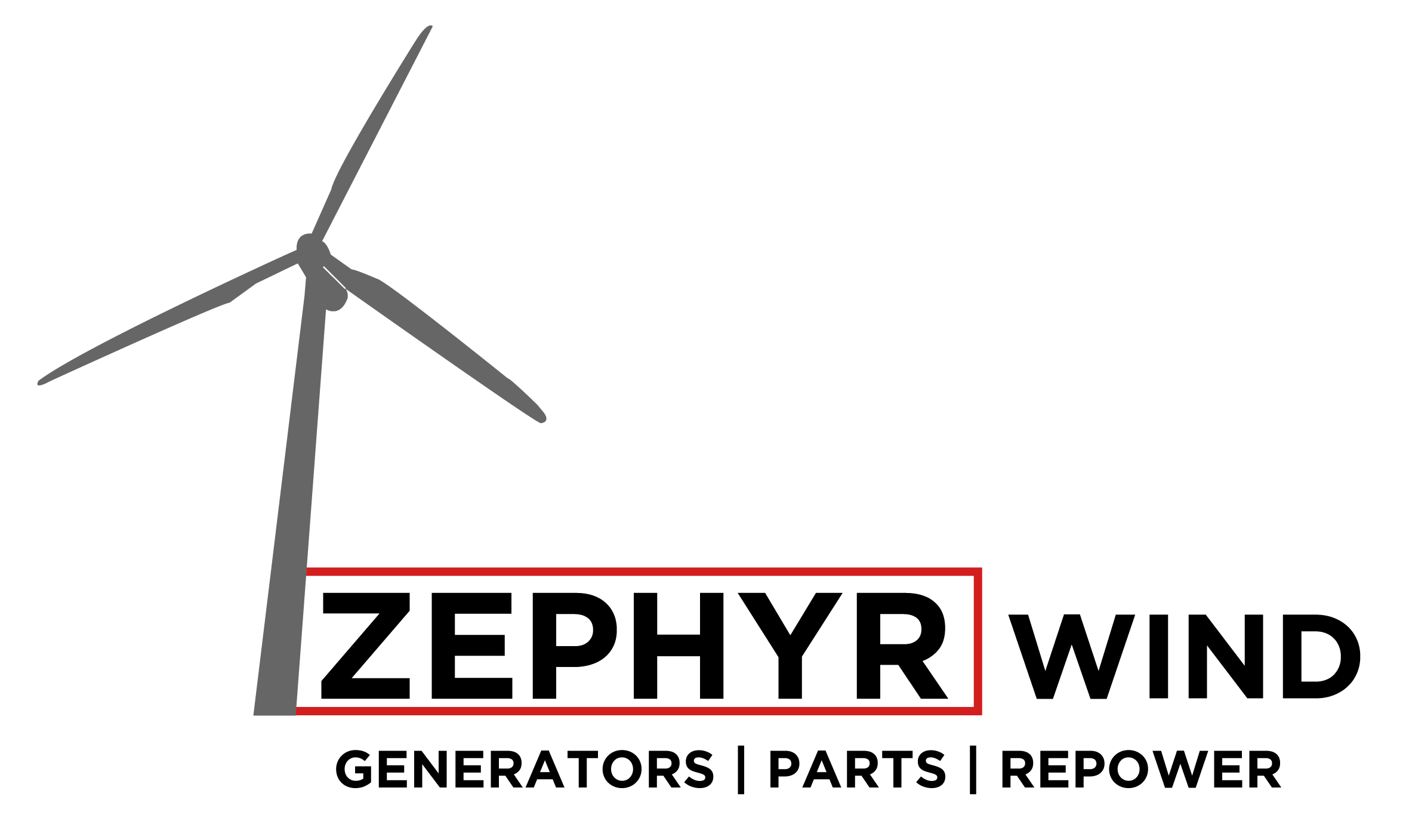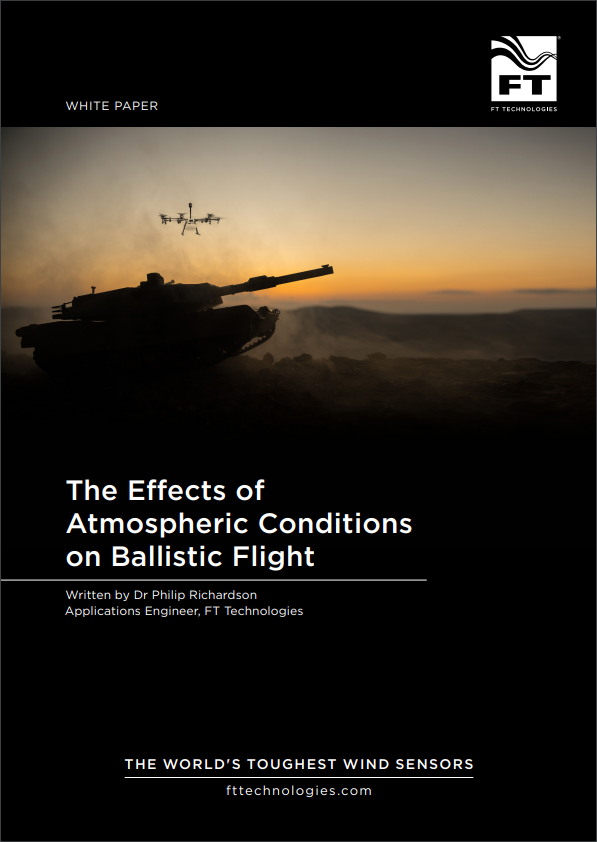Wind sensors may be exposed to high levels of electromagnetic interference from static discharges and nearby lightning strikes. The FT7 Series incorporates robust protection circuitry to shield them against these effects. The FT7 Series wind sensors will survive undamaged even through lightning induced surges in excess of 4kA 8/20μs.
The FT sensor is designed to survive indirect lightning strikes but, like any electrical equipment, it will not survive a direct strike. It is therefore essential that an appropriate lightning interceptor is installed with the sensor. The body of the sensor must be grounded along with the interceptor and grounding must be continuous through to the ground of the turbine or met mast on which the sensor is mounted. This is to ensure that the majority of the lightning current gets diverted away from the sensor.
The material of the mounting and lightning interceptor should be made from either high-grade aluminium or galvanised steel, due to their good conductive and anti-corrosion properties.
The sensor’s cable should have its shielding terminated at both ends – 360° terminated at the computer/datalogger end in the cabinet wall using an EMC cable gland. Signal wires should then pass through surge protection devices which must be correctly rated as per the Installation Section of the User Manual.
All mating surfaces must be free of non-conductive coatings and corrosion in order to ensure minimum resistance to ground.
FT Technologies can provide a lightning installation checklist which is designed to help you with checking that your sensor and computer/datalogger are adequately protected against lightning strikes. Contact us to request this checklist.














